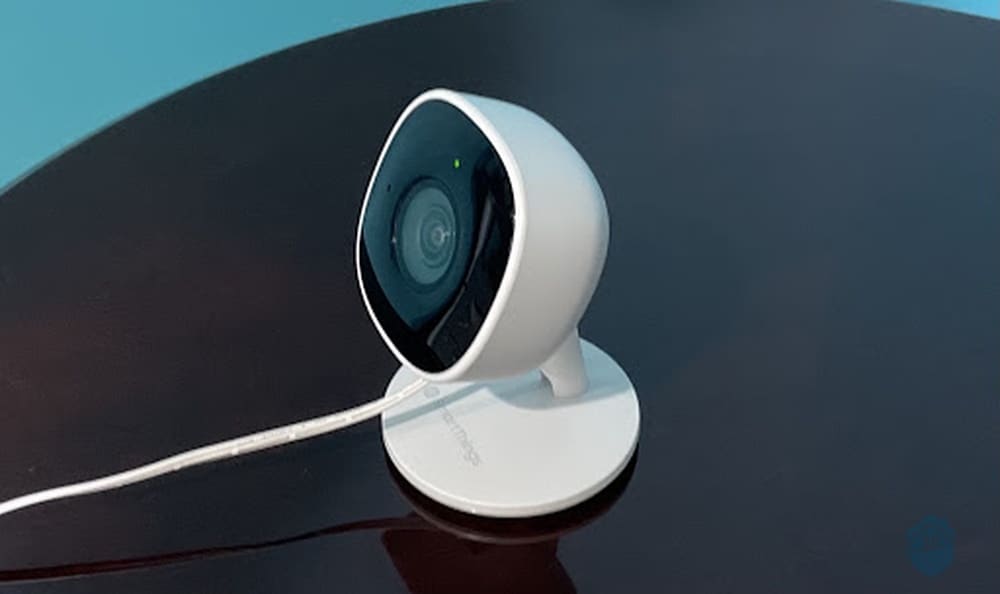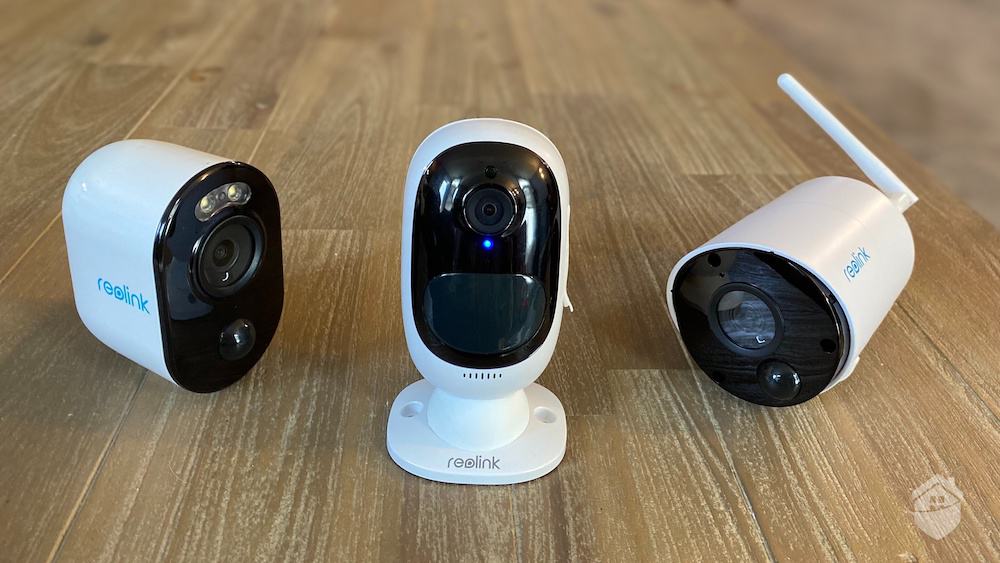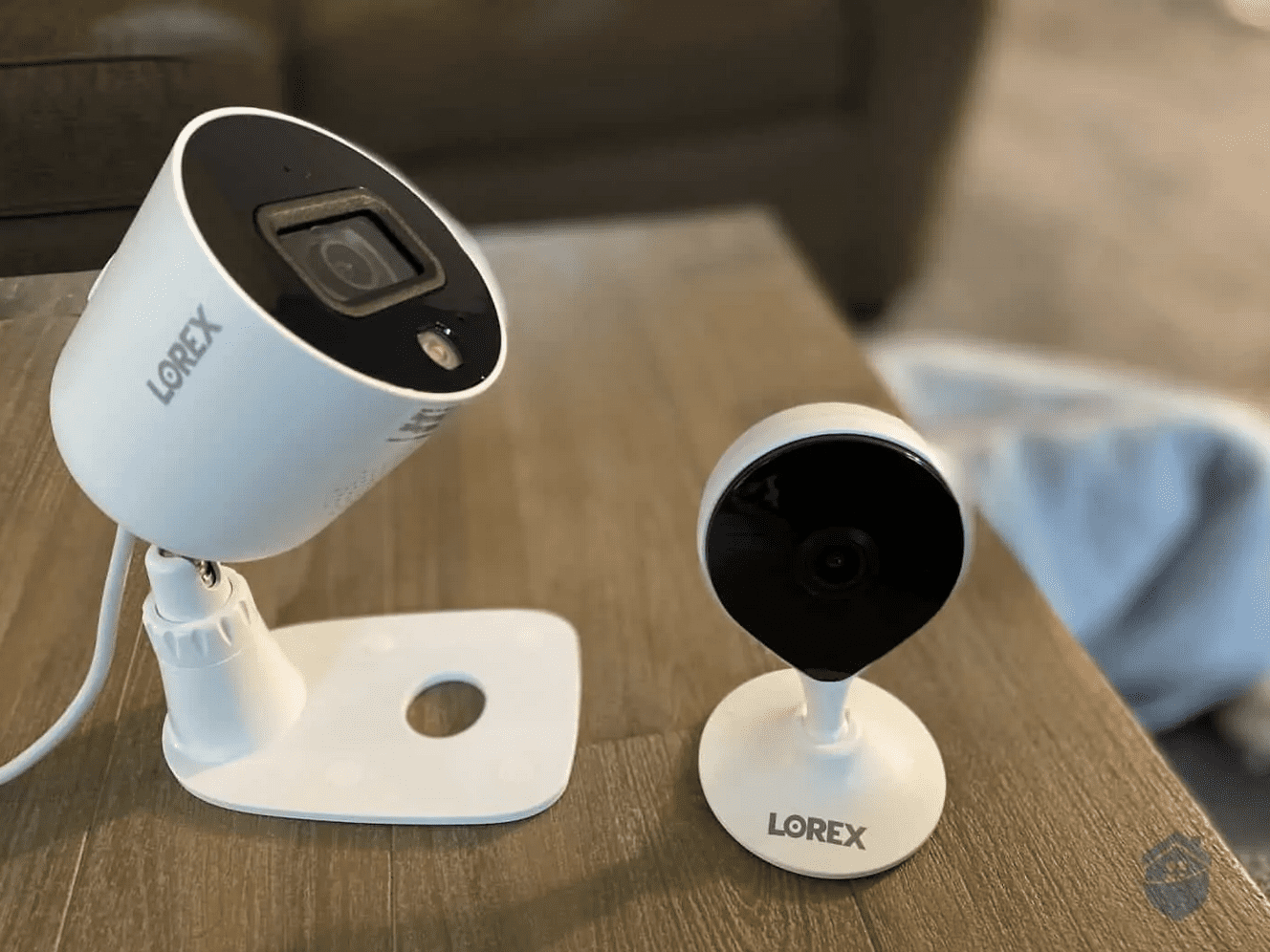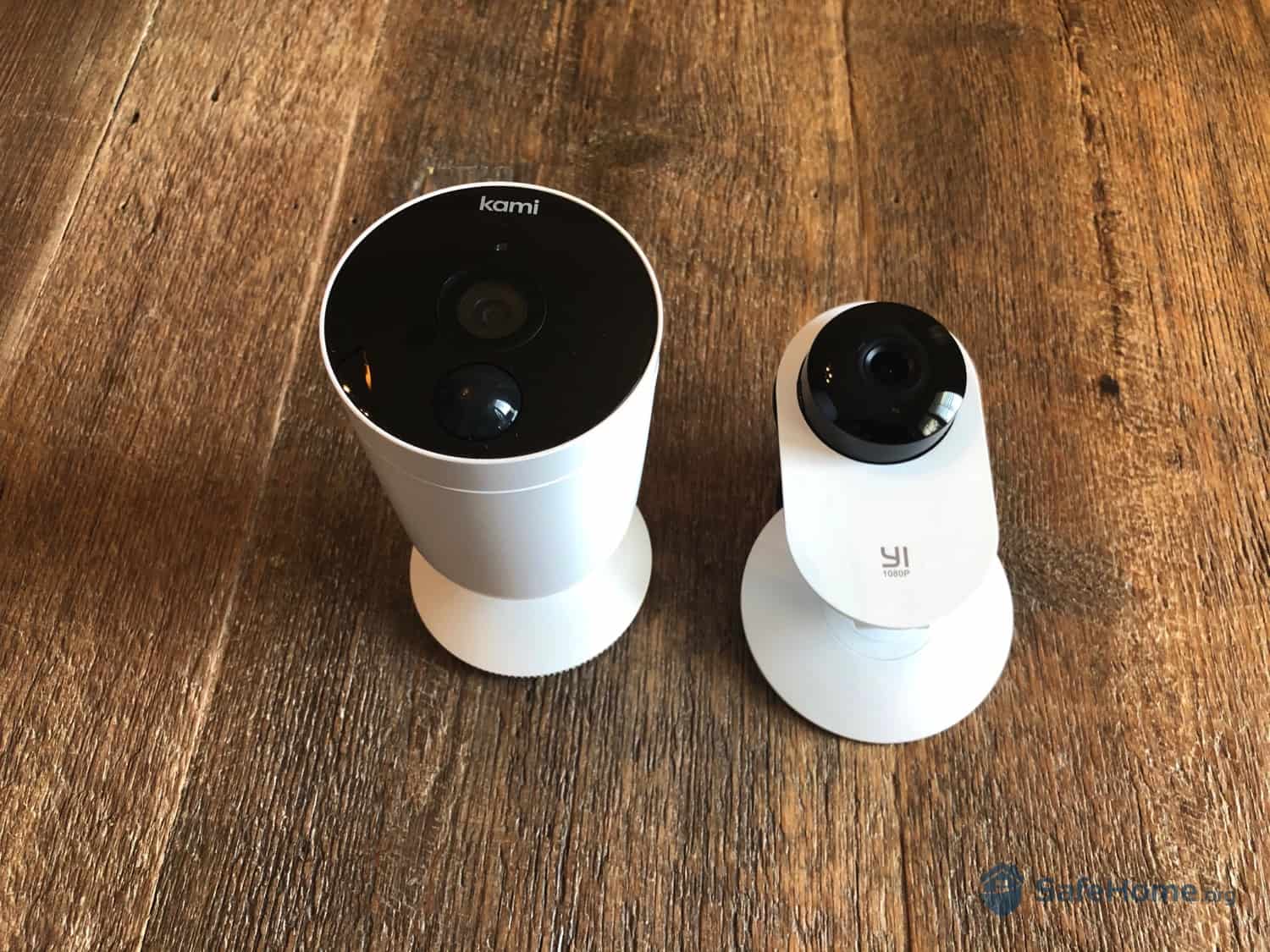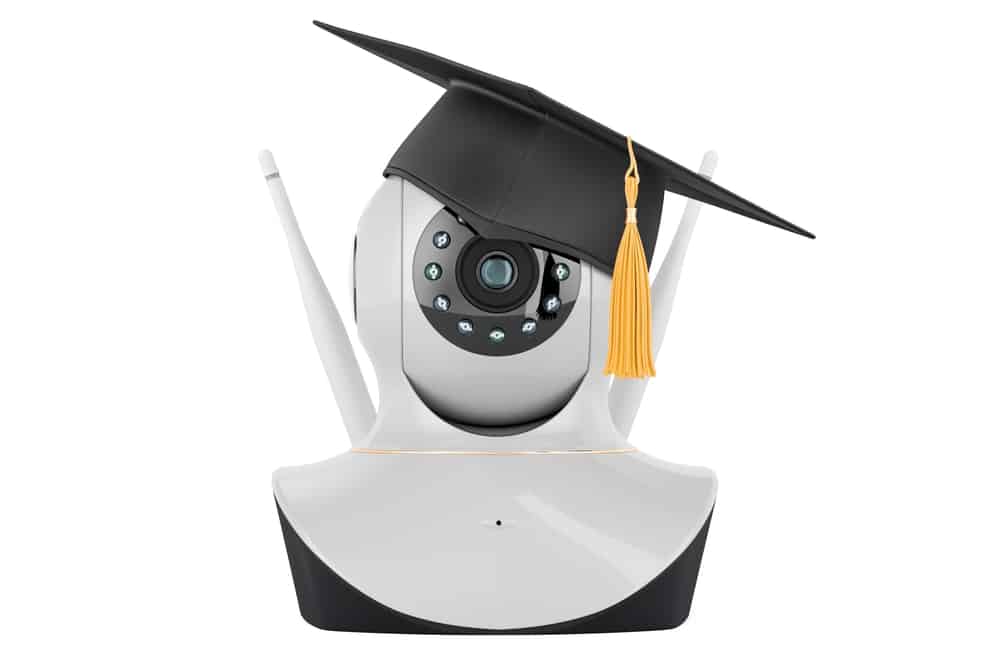
Editor’s Note: Your dorm room should feel safe. For complete peace of mind, we recommend getting one of the best security systems for renters. In that guide we give our top recommendations for small spaces at affordable price points.
For many students and parents, heading off to college means new adventures, a ton of homework, and a ton of partying — not necessarily in that order. But college campuses are also places where tens of millions of young people are on their own for the first time. Where innocence goes, predators always follow.
In 2019, 27,300 coeds fell victim to campus crime, according to the National Center for Education Statistics (NCES).1 That comes out to about 19 crimes per 10,000 full-time students. While that’s not an incredibly high rate, keep in mind that 75 percent of those crimes involved sexual assault or burglary. So it’s understandable that students and parents would be on edge.
Colleges like the University of Virginia have already begun to take campus crime into their own hands by installing CCTV cameras in dorm hallways.2 Not everyone is a fan of this level of surveillance, but plenty don’t mind. In fact, some students aren’t just OK with Big Brother; they’re wondering how they can take their dorm room security one step further by installing cameras of their own.
Are cameras even allowed in dorms? If yes, what are the best security cameras for DIY dorm security? Are there any better options? Let’s start with the first question.
Did You Know? A 2019 survey by the Association of American Universities revealed that 13 percent of the 181,752 students they interviewed admitted that they had been victims of sexual assault on campus.3
Can You Install a Security Camera in Your Dorm Room?
There is no law on placing cameras in dorm rooms. Instead, there’s a test lawyers use. If a person is somewhere where they have a “reasonable expectation of privacy,” you can’t record them. Bedrooms almost always meet this criterion. So do bathrooms, showers, lockers, and changing rooms. This rule applies to any type of camera, by the way, hidden or in plain sight.
The problem with dorm rooms is that they’re also bedrooms, so any camera you install in yours would probably be invading someone’s privacy, whether a visitor’s or your own roommate’s. There’s also the creepiness factor to consider. Do you want to be the oddball filming your Psychology 101 study sessions?
But there is a workaround. If you and your roommate both opt into your DIY security setup, and you both agree to program the camera to record only while you’re both not in the room, you probably won’t be violating anyone’s privacy (or creeping anyone out). This way, your camera would essentially be there to catch prowlers, sending you motion alerts if you have any unwanted visitors. Here are a few cameras that are particularly good at motion detection.
Just one caveat: If it were me, just to be on the safe side, I’d probably also ask my RA, and maybe even a lawyer, before I hit record.
Pro Tip: For audio recordings, the law is clear. If you intend to record a conversation, you’ve got to be physically present. In a handful of states, you’ve also got to get permission from third parties.
Security Cameras for College Dorms That We Recommend
So you’ve decided to put a security camera in your dorm room. As long as you aren’t violating anyone’s privacy, and you check university and state laws carefully first, here are three top indoor cameras that will get the job done. Each of these models:
- Works by itself, without the need for a home security hub or base station
- Comes with two-way talk
- Delivers motion alerts straight to your phone via a subscription-free app
1. SimpliCam
The no-frills SimpliCam is a good pick for college dorms because it’s fully DIY, doesn’t require a subscription, and isn’t too expensive ($99). With the release of the second-generation SimpliCams, SimpliSafe has also ironed out a few details that bugged us when we first reviewed the Simplicam. Notably, image quality is now standard 1080p HD. Just be aware that you aren’t going to be able to get any eagle-eye views with the SimpliCam. The SimpliCam is plug-in, not battery-operated. When I tested it in a smallish room, for instance, I had to mount it on a desk and aim it at the door.
On the plus side, live streaming with the SimpliCam is completely free, which may be all you need. If you want to record anything, however, you’ll need to sign up for one of SimpliSafe’s monitoring plans, which start at $0.33 per day.
2. Lorex 2K Indoor Camera
Lorex indoor cameras might not be as cute as SimpliCams, but at $39.99, they’re a serious value for money. The Lorex also packs some serious power into its teardrop-shaped exteriors. Case in point, the Lorex’s 2K image quality pretty much squashed the SimpliCam’s in my tests. On the other hand, will you need ultra high-res video for your door room? Maybe not.
One thing I didn’t expect when I unboxed my Lorex was that certain models — the indoor 2K among them — don’t offer cloud storage. They come with a 16GB microSD card instead. But that card may be a blessing in disguise for college students. Because as long as you’ve got one inserted in your camera, you can retrieve your footage whenever you want without paying a cent for monitoring.
3. Ring Indoor or Stick Up Cameras
At $59.99, the Ring Indoor camera is a solid midrange choice for dorm rooms. When I revved mine up, it recorded crisp 1080p images (with color night vision), and my motion alerts all came through instantly. But like with the SimpliCam, when it was time to access my video footage, I had to sign up for a plan.
Subscribing to the Ring’s monitoring service wasn’t the end of the world, however, because Ring plans start at $39.99 per year. That’s not much to pay for complete dorm security, and it’s a few bucks cheaper than SimpliSafe. Here are a few more top cheap camera options.
Just one more thought on the Ring: If I wanted to get creative with my camera placement — like stick my Ring on the wall — I could have gone with the more expensive $99.99 Ring Stick Up, which charges with batteries, by plug, or over Ethernet. I wouldn’t have been losing any features or image quality.
FYI: The University of Michigan recorded the most crimes of any campus in the U.S., according to crime incident reports filed between 2019 and 2021.4 Authorities logged 1,468 crimes on the Ann Arbor campus. The runner-up, Ohio State, reported 583 crimes in the same period.
Alternatives for Students Living in Dorms or Campus Housing
That fact is, you don’t even need a camera to keep tabs on your stuff while you’re — ahem — studying at the law library until 2 a.m. Here are a few dorm room security options that give you about the same protection as a camera without the headache of dealing with privacy laws or creeping out your guests.
Door and Window Sensors
You just stick one of these on your door and/or window, hook it up to a hub with an app, and you’re good to go. You’ll get an alert on your app when anyone steps (or crawls) inside your room — only without visuals, which you might not even need anyway. Just remember to coordinate with your roommate. Otherwise, your app is going to ping you with so many false alarms that you won’t know when a real thief is on the premises.
Unlike the security camera options above, your sensors will need to communicate with a separate piece of hardware. Usually, that would be a home security hub. But it could be an Amazon Echo or Google Nest. Check out our complete door sensor guide for some installation tips. For windows, here’s everything you need to know about window sensors.
Motion Sensors
Don’t want to prowler-proof your windows? No problem. You could get a little simpler and just install a motion sensor in the center of your dorm room. Instead of alerting you when someone enters your room, your motion sensor would warn you when someone is snooping around. Again, you’d need a mother device for your sensor to communicate with. For more on this, check out our complete guide to motion sensors.
Video Doorbells
You’ve probably seen at least one YouTube video of a Ring video doorbell busting a porch pirate. There are literally hundreds, if not thousands, of them. That’s because doorbell cameras work.
There are four good reasons to go this route. One, you’ll get visuals. Two, you can talk to loiterers outside your dorm room before they become snoopers. Three, you don’t need a hub. And four — in my book, the biggest advantage — video cameras are outside your dorm room and hence in public spaces, so you won’t have to worry about violating anyone’s privacy. Convinced? Here are three of my favorite video doorbells.
Did You Know? Before 1986, colleges weren’t required to report campus crimes. That changed after the rape and murder of Jeanne Clery at Lehigh University. Clery’s parents sued the university, claiming that Jeanne would have enrolled elsewhere if she’d known how dangerous Lehigh actually was. The Clery Act, which requires colleges to publish campus crime data, became law in 1990.5
Final Thoughts
Dorm room security is tricky. You’re at college to enjoy your freedom. You don’t want to become Big Brother. On the other hand, campus crime is real. Most of it is physical assault, but a fair share of it is burglary.
So do you bite the bullet and install a camera in your dorm room? That all depends on how much personal property you own, how your roommate feels about cameras, and what the laws in your state say about recording in private places.
If figuring that out is too much work, I’d just go with a video doorbell for my dorm room door. You can pick one up for about the same price as any of the cameras I mentioned above. Video cameras are also good for screening unwanted visitors when you’re in the room and you won’t be violating anyone’s privacy.
FAQs
- Can I put a security camera in my dorm room?
You may be able to, as long as you don’t record anyone without their knowledge. See above for a more detailed discussion.
- Why should I consider putting a camera in my dorm room?
Like everywhere else, sexual assault and property crime are facts of life on college campuses. While you can’t record people inside your room surreptitiously, you can keep watch over your things while you’re not there.
- When shouldn’t I install a security camera in my dorm room?
If you live with a roommate and they don’t want a camera, you shouldn’t install one.
- Are there any alternatives to security cameras in dorm rooms?
Indeed there are. My favorite is probably a video doorbell, because you can use it without a security system. But door, window, and motion sensors will get the job done too.
- How much do security cameras for dorm rooms cost?
The cheapest quality camera on our list is the Lorex 2K Indoor, which costs a mere $39.99. The most expensive is the SimpliCam at $99.99. These are both good cameras with top-rated apps.
- What’s the best security camera for my dorm room?
That depends on your budget and style. All three of our top home security camera picks performed exceptionally well in our tests and should cover all your dorm room needs.



